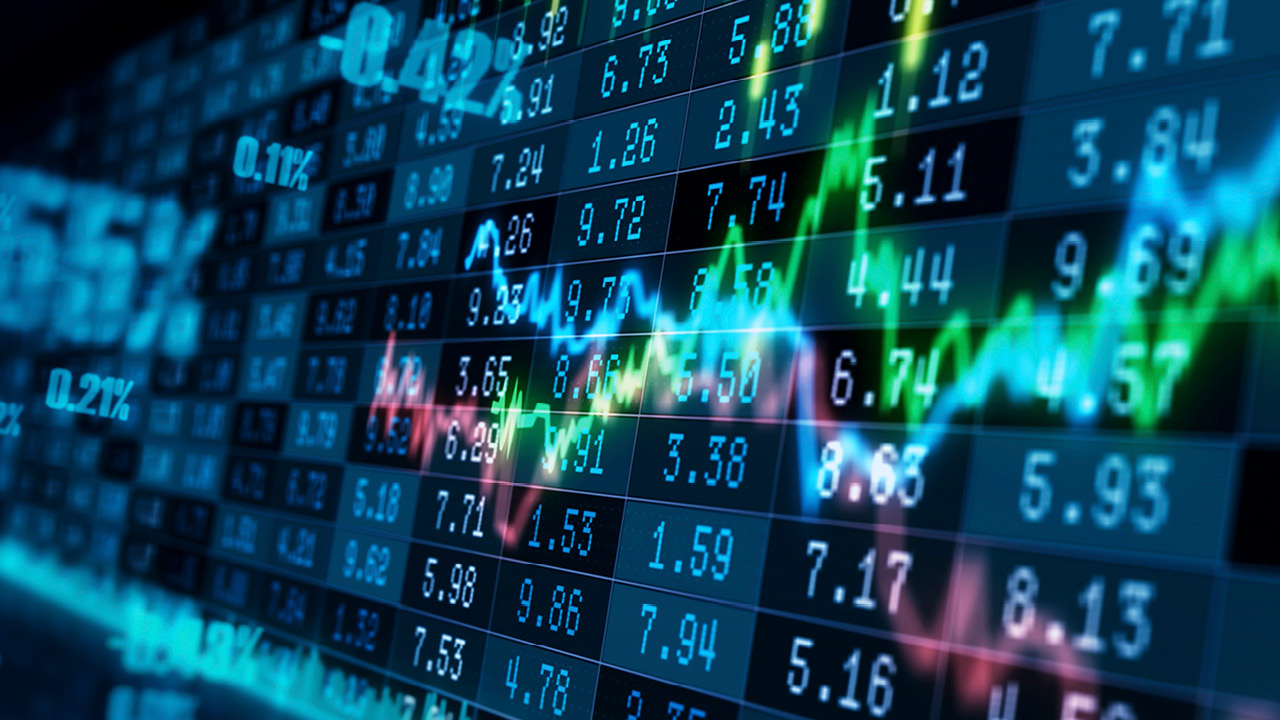Fertilizer International 495 Mar-Apr 2020

31 March 2020
India’s fertilizer market
COUNTRY REPORT
India’s fertilizer market
India consumed just under 57 million tonnes of fertilizers in 2018/19, cementing its position as the world’s second largest fertilizer marketplace. MP Sukumaran Nair provides an update on the country’s fertilizer industry, its continuing import reliance and the strong influence of government policy.
Self-sufficiency in food grains
Fertilizers have played a major role in the success of India’s ‘green revolution’ – the transformational improvement in crop productivity seen over the last forty years – and the subcontinent’s subsequent attainment of self-reliance in food grain production by 2000. Greater fertilizer consumption has undoubtedly contributed significantly to this step change and the sustainable production of food grains in the country. Indeed, in response to ever rising crop demand, India’s annual fertilizer consumption has generally been growing in double digits in recent years.
Nevertheless, despite strong growth over four decades, India’s average fertilizer application rate remains much lower than in most other developed and emerging countries globally. Furthermore, nutrient usage is highly variable geographically, with wide inter-regional, inter-state and inter-district differences in fertilizer application rates.
The Indian government is mandated to ensure food security for around two-thirds of the population by the 2013 National Food Security Act. To meet this obligation, the country’s grain output (mainly rice, wheat, coarse grains and pulses) needs to increase from 285 million tonnes currently to 300 million tonnes by 2021. However, although the country attained self-sufficiency in food grain production in the late 1990s, per capita availability of food grains has faltered in recent years. This setback has been due to slackening growth in agricultural productivity combined with increases in population.
Imminent budgetary boost
Against this backdrop, the Modi Government, in its 2020 budget, is proposing to revitalise wealth creation throughout India. By applying a fiscal stimulus, the government is aiming to hugely expand the national economy to $5 trillion by 2024, up from $2.6 trillion today.


The budget does include worthwhile prescriptions for boosting agricultural productivity and stimulating sector growth – their overall aim being to double farmers’ incomes by 2022. Agriculture, although employing 65 percent of India’s workforce, currently contributes only 17 percent to national GDP. The new budget singles out agriculture, and allied sectors including irrigation and rural development, making these its prime focus with an allocation of INR 283,000 crore (cr = 10 million rupees), an all-time high.
Fertilizer market overview
India is the world’s largest fertilizer importer, second largest market and third largest fertilizer producer (Figure 1).
Urea demand (31 million t/a) is particularly high, accounting for around 55 percent of total fertilizer consumption (Figure 2) Around three-quarters of urea use is met by domestic production (Figure 3) with the remainder (7-8 million t/a) imported (Figure 4).


Most Indian urea plants use natural gas as feedstock which accounts for 70-80 percent of the cost of production. India has insufficient natural gas reserves to meet its national consumption needs. Consequently, the country relies on imported LNG for around 60 percent of its total gas demand.
Phosphate, NP/NPK and DAP are the main product preferences of Indian farmers. The combined demand for these two products (18 million t/a) equates to around one-third of total fertilizer consumption (Figure 2).
Around 60 percent of DAP and 7-8 percent of NP/NPKs requirements need to be imported (Figure 4). India is also import-reliant for the majority of raw materials and intermediates (rock phosphate, phosphoric acid, ammonia and sulphur) required by its domestic phosphate production industry.
India is completely reliant on imported potash – for both direct application and NPK blends.
On a nutrient basis, consumption of N and P2 O5 increased by two percent during 2018/19, while K2 O decreased by six percent year-on-year. The present average


“Fertilizers have undoubtedly contributed to the step change in food grain production.”
Indian fertilizer application of 157 kg/ha for arable land has stagnated and remains depressed relative to advanced agricultural countries.
Domestic production
Urea production declined marginally during 2018/19. India did, however, commission its first greenfield urea plant in 23 years in January 2019. Most of the country’s urea plants are operating at full stretch near to their rated capacities (Table 2).
The government’s New Investment Policy was first introduced in 2012 to encourage investments in brownfield and greenfield urea production projects. The aim of the policy, which has been modified several times since, is to reduce India’s reliance on imported urea. The response from investors has been generally lukewarm with natural gas availability and supply being major obstacles.
The percentage of domestic gas supply allocated to fertilizer plants declined from 49 percent in 2016/17 to 40 percent in 2018/19. This was largely due to a gas production shortfall from the Bombay High and KG fields. Urea production requirements have instead been increasingly met by imported LNG. The high delivered cost of LNG has, in turn, made domestic urea production increasingly costly. The recent supply deals with US gas producers may, however, ease this situation. Other positive supply news on the horizon includes the expansion of the natural gas pipeline network to 27,000 kilometres and redoubling of efforts to develop coal bed methane, both of these part of the wider overhaul in fertilizer policy signalled by the government’s 2020 budget.
The average utilisation rate for Indian urea plants was 92 percent of installed capacity during 2018/19 (Table 2). That compares to an average utilisation rate of only 43 percent for domestic DAP producers (Table 3). These rates show there are clear economic disincentives for domestic DAP production currently, especially given that the same production facilities produce NP/NPKs at an average utilisation rate of 81 percent.
Rising imports
Imports of finished fertilizer products, their intermediates and raw materials are vital when it comes to meeting the nutrient needs of India’s farmers. India is currently the world’s largest importer of N, P and K combined. This dependency has been aggravated by a lack of a co-ordinated programme for expanding domestic fertilizer production, and the prevalence of ad-hoc policies within the farming and fertilizer sector. Subsidising the fertilizer market also places a massive fiscal burden on the government, distorting both the market and detracting from other pressing investment priorities.
A subsidised market
Fertilizers remain heavily subsidised in India.
Urea support is provided through the administered pricing scheme (APS). This allows producers to sell urea at a government-determined price. In return, the government reimburses producers for their productions costs plus a 12 percent net return. Currently, the market price for urea is set at INR 5,360/t with government providing a subsidy averaging INR 14,000/t, the actual amount depending on the plant’s feedstock, technology and operational efficiency (Table 1). As a consequence of its low price relative to other fertilizers, Indian usage has always been skewed towards urea. This results in unbalanced fertilization with soil N: P: K ratios deviating from the optimum 4:2:1 level.
All other fertilizers, with the exception of urea, fall under the nutrient based subsidy (NBS) scheme. The scheme applies to producers and importers of phosphate and potash fertilizers. These companies are free to sell products at market-determined prices, but the government still provides a pre-fixed subsidy for each nutrient (Table 4). The scheme therefore functions to partially de-control pricing.

The market price of phosphate, potash and NPK fertilizers went up heavily following the introduction of the NBS. Consequently, as farmers started applying cheaper urea at the expense of needed phosphate and potash products, unbalanced fertilization has prompted a further deterioration in agricultural productivity. As well as imposing financial losses on farmers, the above situation also inflicts a heavy burden on the environment, as the leaching of excess nutrients degrades water and air.
Until 2018, subsidies were directly paid to fertilizer producers based on the volumes placed on the market. This unfortunately resulted in examples of large scale manipulation of the subsidy payment system. The government therefore decided to devise and implement a new of subsidy payment system – the direct benefit transfer (DBT) system – based on actual purchases by farmers. This was designed to prevent potentially fraudulent leakages within the system.
As a first step, fertilizer sales are currently being recorded at the retail level through point-of-sale devices. Subsidies based on actual sales are then transferred to the manufacturer on a weekly basis. The ultimate success of the DBT system will be judged on its ability to guarantee the direct transfer of subsidies to the bank accounts of farmers. Eventually, a more efficient subsidy payment system in India will have the dual benefit of guaranteeing higher fertilizer usage, as more product will actually arrive on the farm, ultimately allowing lower levels of government support.
The Indian government, responding to increasing fertilizer consumption and rising imports, with attendant large outgoings in foreign exchange, has adopted a three-pronged approach to address the situation. This involves:
- Production units entering into long-term supply contracts with foreign suppliers
- Pursuing further joint ventures with overseas producers, and
- Encouraging Indian companies to buy out fertilizer assets abroad.
Additionally, the government has acknowledged that existing policy measures were not attracting private investment in new urea plants. It therefore embarked on a programme of reviving five old urea plants, all of which had closed for various reasons. By providing new technology and feedstock options, the aim was to bring these plants back into operation, adding 6.35 million tonnes of domestic urea production capacity, at an investment cost of INR 37,871 cr. However, urea imports are set to remain at their current level for at least the next couple of years until these plants become fully operational.
Future outlook
Fertilizer projects are highly capital and energy intensive ventures. There are a range of reasons why domestic fertilizer production in India has lacked a strong growth impetus. The lack of investment incentives, infrastructural bottlenecks, volatility in the fertilizer pricing/subsidy regime, intolerable delays in subsidy payments, the ready availability of competitively-priced fertilizer products on the international market – these have all played a role.
Encouragingly, however, previous experience tells us that a multi-pronged approach can work at overcoming such obstacles. Improvements in crop productivity, through prudent farm support and reductions in farming costs, are certainly required. An assured grain price together with slow, timely and affordable rises in fertilizer costs – an issue linked to optimising domestic production costs – plus quicker release of subsidy payments are also priorities. Collectively, these measures hold the key to a prosperous and sustainable future for Indian agriculture and Indian farmers. They should also help free India’s fertilizer industry from its present travails and turmoil – as well as easing government fiscal pressures to a certain extent.
About the author
Dr MP Sukumaran Nair is an acknowledged Indian fertilizer industry and policy expert. He was formerly special secretary to the chief minister & chairman of the government of Kerala’s public sector restructuring & audit board.






